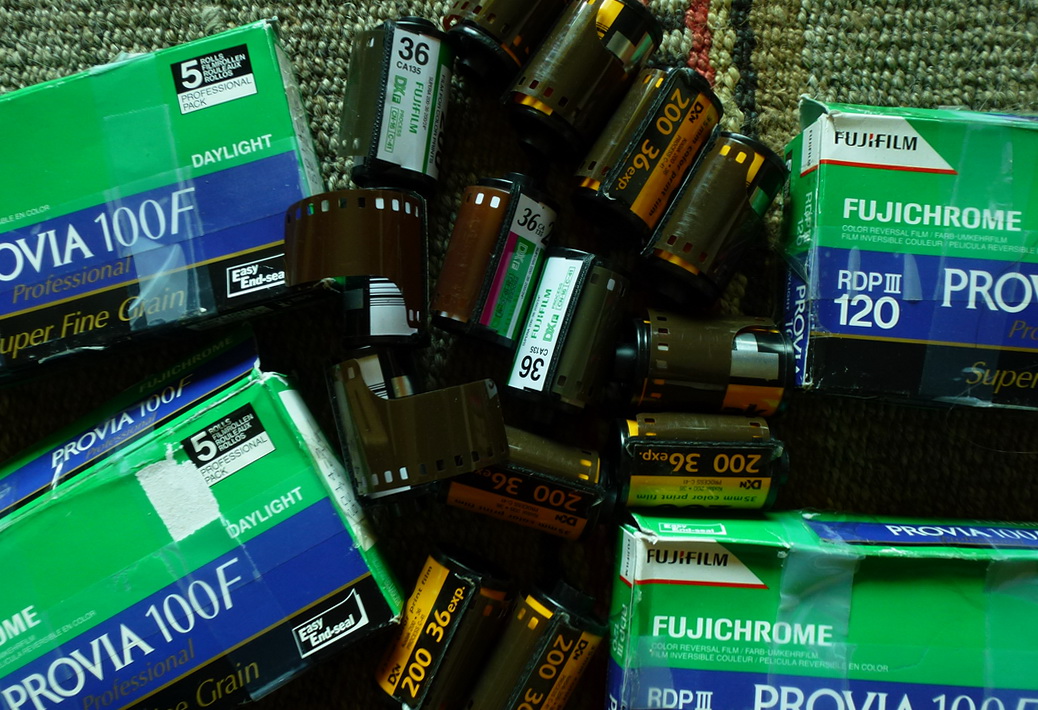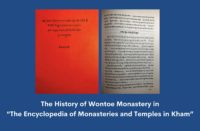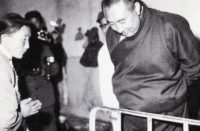
High Peaks Pure Earth has translated a blogpost by Woeser, originally written for the Mandarin service of Radio Free Asia and published on her blog on February 14, 2018.
This is the fifth essay in a long series of posts about the Cultural Revolution in Tibet. This post differs slightly as it is less historical and more about the impact of her work on her personal life. The subsequent posts in the series will be published in the coming weeks.
To read the first four parts of the series please go to:
Part One: http://highpeakspureearth.com/2018/the-cultural-revolution-has-by-no-means-ended-part-one-by-woeser/
Part Two: http://highpeakspureearth.com/2018/those-who-took-photos-of-the-cultural-revolution-in-tibet-by-woeser/
Part Three: http://highpeakspureearth.com/2018/about-the-photos-taken-and-published-by-my-father-an-interview-that-made-me-continue-to-think-about-the-cultural-revolution-in-tibet-part-3-by-woeser/
Part Four: http://highpeakspureearth.com/2018/the-intrinsic-link-between-photos-taken-in-the-same-location-at-different-times-an-interview-that-made-me-continue-to-think-about-the-cultural-revolution-in-tibet-part-4-by-woeser/
To read the original 2016 New York Times interview with Woeser by Luo Siling in English that sparked this series of posts here, please follow this link: https://www.nytimes.com/2016/10/04/world/asia/tibet-china-cultural-revolution-photographs.html
“Horror Scenes from Cultural Revolution Photos”: An Interview That Made Me Continue to Think About the Cultural Revolution in Tibet – Part 5
By Woeser
In the New York Times interview, Luo Siling asked me: In the process of interviewing and taking photos for “Forbidden Memory: Tibet During the Cultural Revolution”, have you ever been obstructed by the authorities?
This is an interesting question, even though for me, it has by no means been an interesting process, but really a quite dangerous one. My research, interviews and writings about the Cultural Revolution took place between 1999 and 2006. During the early years, I was still working as an editor within the system, plus I was being very careful and there were not many people who knew the facts back then, so my activities were not really obstructed. In 2003, my essay collection “Notes on Tibet” was published by Huacheng Publishing House and considered to contain “severe political mistakes”. Because I refused to admit to any of these mistakes, I was expelled from my post at the Tibetan China Federation of Literary and Arts Circles (CFLAC) and the book was banned. Subsequently I moved to Beijing and devoted all my energy and attention to collecting oral histories of Tibetans who had lived through the Cultural Revolution for the two books “Forbidden Memory” and “Tibet Remembered” that were published in 2006 in Taiwan on the occasion of the 40th anniversary of the Cultural Revolution. This whole process turned about to be quite smooth.
Shortly after, because of the protests that erupted across Tibet in March 2008, I began working on non-fiction writing and compiled a large body of works relating to the present reality in Tibet, which turned me into a person hated by the authorities. After that, when I returned to Tibet, I also started to encounter more and more difficulties, being monitored, summoned, searched, threatened, shadowed, put under house arrest and so on and so forth. Nevertheless, in the summers and autumns of 2012, 2013 and 2014, I went to Tibet, using my father’s photos of the Cultural Revolution in Tibet to create a project that resembles performance art. Specifically, I used my the old camera that my father had used and once again took photos in the same locations. The following idea lies behind this: “Forbidden Memory” only contains around 300 photographs, even though they are the most complete and comprehensive collection of photos ever taken of the Cultural Revolution in Tibet, only publishing a book with photos and documents is not enough, more was needed to really uncover and provide evidence of that part of history that has been covered up by political power.
In the summer of 2012, I took over one hundred Fuji reversal film rolls that I had bought in Beijing back to Lhasa. My father’s old Zeiss Ikon that had been buried in the depths of a drawer for many years was still working and really quite good. I spent two months rushing about under the scorching sun using up 19 rolls of film. Because I was not preparing to leave Lhasa yet and because a Chinese friend happened to visit me at my home in Lhasa, I decided to give him the film rolls to take back and develop as soon as possible. But the day after, when my friend was going through security at Gongkar Airport, he was accused of hiding a fruit knife in the rucksack in which he was carrying the film rolls. My friend had never seen this knife before. But without any further explanations, the police took the bag away for “further inspection”. They only returned it when the plane was just about to take off and my friend noticed that they had secretly substituted the film rolls and replaced them with old ones that contained no photos. My guess is that they did that because the photos I had taken showed streets full of military police. Because only taking photos in the locations that my father had captured was not very sensitive. I assume that they later developed the photos and realised that they did not contain any secrets, so when I later continued using my father’s camera to take photos, they did not obstruct me, they simply continued following me.
In fact, every single photo taken with that old camera is important, because of the event: the Cultural Revolution; because there is almost half a century between my father’s and my photos; because the place is still here: Lhasa. So each photograph has its own meaning. The photos my father took have a “news report” or photo journalistic quality to them because he was capturing or recording many events revolving around the Cultural Revolution in Tibet, which became historic evidence. The photos I took over 40 years later, even though they were not taken in a row, are more like a visual narrative. It seems as if they do not really capture any specific event, but there are so many stories concealed in them, just as I wrote before, the Cultural Revolution has by no means ended; what we observe today in Lhasa is a kind of post-Tibetan Cultural Revolution.
What needs to be emphasised is that both the 2006 version and the new 2016 edition of “Forbidden Memory” are banned books, it is difficult to take them from Taiwan into China. I am indebted to the publisher who gave me an additional 50 copies of the book, which I hoped to pass on to the dozens of interviewees. They should have received a copy each. But all 50 books were confiscated at customs between Hong Kong and Shenzhen. This made me feel so much regret, I was very sorry for everyone who I had interviewed. As far as I know, today, already 16 interviewees have passed away. It is such a great shame that they were unable to see their testimonies in the published book.





like it .